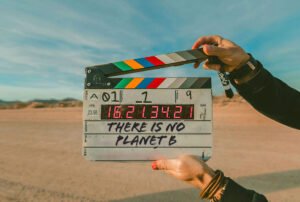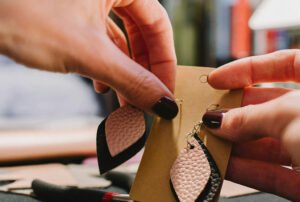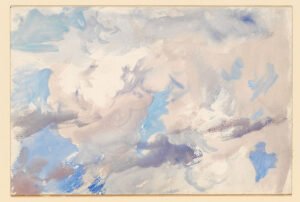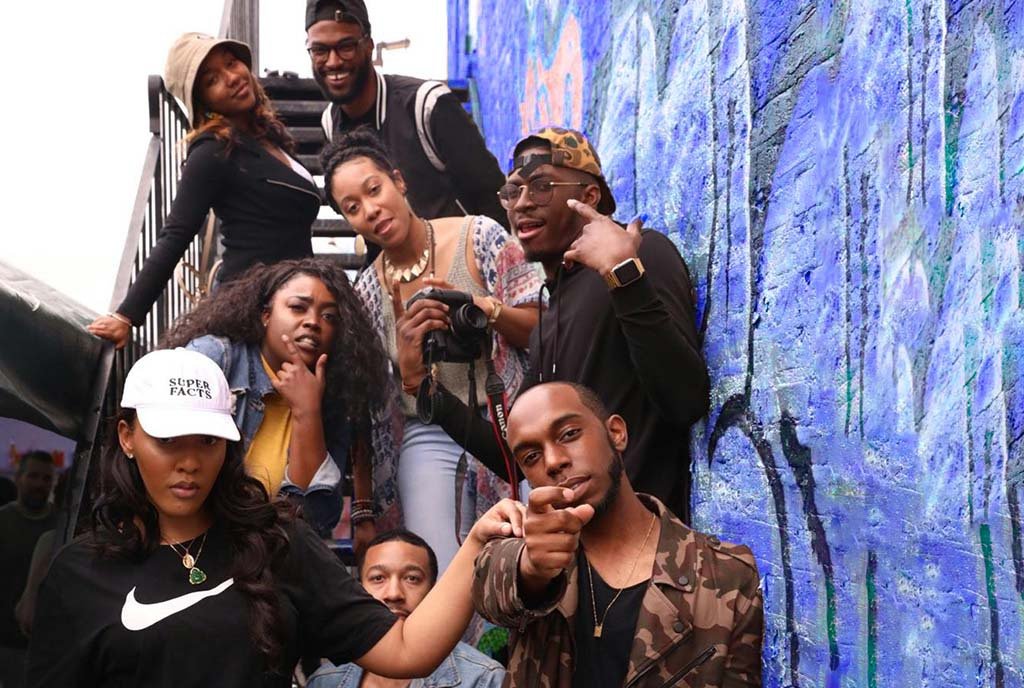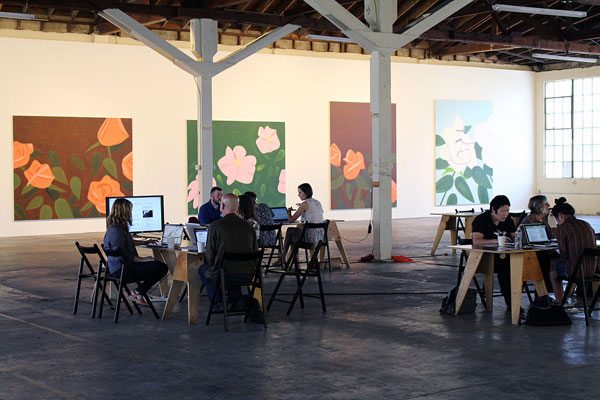
April 4, 2018; Hyperallergic
Last month, Laura Owens and Wendy Yao, cofounders of the art space 356 Mission in a former piano warehouse in East Los Angeles, announced they would be closing their doors at the end of May. The news was met with sadness and disappointment from many artists, who noted how much good work the artist-run space has done for art-makers and for its Boyle Heights neighbors in five years of existence, and with a contradictory response from community activists, who, as described in Hyperallergic, “applauded the announcement as a victory against developers and the artists and galleries they see as their enablers and collaborators.”
Ben Lee Ritchie Handler, global director at nearby Nicodim Gallery, had this to say about 356 Mission:
It’s one of the few gallery spaces that operates on principles of community dialogue and inclusion, on top of programming a relentless schedule of fantastic and challenging events and exhibitions. We’re sad to see them go. With the 6th Street Bridge nearing completion, it will be interesting to see where the neighborhood goes from here, and what crops up in its place.
Aram Moshayedi, a curator at the Hammer Museum at UCLA, observed:
The closing of 356 Mission is a tremendous loss because it represents a step backward in what could have been a productive conversation about the future of Boyle Heights. Laura Owens and Wendy Yao attempted to engage their detractors, to listen to dissenting voices and to be [a] resource for the community…356 Mission patronized local businesses and offered financial support and resources to nonprofit organizations and educational programs that specifically service the residents of Boyle Heights and beyond. Of course, we have witnessed the gentrifying force of art and artists in the past, but it’s naive to think that any other forms of industry will be as hospitable in the future.
It is well known that artists and arts groups often represent the first wave of gentrification in urban neighborhoods—although it is unusual to attribute harmful intent on the part of the artists, as some residents of Boyle Heights have done. Over many decades, a cycle has been observed in cities around the world: artists move in to affordable spaces in struggling neighborhoods—typically, because the artists themselves can’t afford to live and/or work elsewhere. Their presence adds a spark, and often leads to new development, including restaurants, shops, galleries and, over time, new residential spaces. At a certain point, those who live in such a neighborhood—including the artists—may find themselves priced out of a gentrified market.
Sign up for our free newsletters
Subscribe to NPQ's newsletters to have our top stories delivered directly to your inbox.
By signing up, you agree to our privacy policy and terms of use, and to receive messages from NPQ and our partners.
In recent years, artists and arts groups have started to question their role in this type of gentrification and to address their unintended complicity in driving their neighbors and themselves out of communities they have helped to build up. NPQ has previously reported on this issue, specifically on the concept of “artwashing,” which was described in a 2016 Miami Herald article: “Now, artists and arts groups increasingly feel like drivers of their own demise, briefly used as window dressing to lend cultural cachet and boost property values in what has become a real estate formula.”
The predominantly Latinx neighborhood of Boyle Heights has, since 2015, been protesting against 356 Mission and other relatively new local galleries. They have a group called Boyle Heights Alianza Against Artwashing and Displacement, which posted some harsh comments on its website, including this:
We thank everyone who upholds the boycott against all the art galleries in the warehouse area of Boyle Heights, and rejects the model of art as cooperating with the culture vultures, hipster vampires, and tiny Trumps. Without you all, ending 356 Mission’s role in turning the hood into a haven for gentrifier artists could not have been possible.
The Hyperallergic article refers to 356 Mission as a nonprofit gallery; an article in The Los Angeles Times says this is not the case, although Owens and Yao operated the space at a loss—both have other jobs and other sources of income—and certainly considered 356 Mission as more than an art gallery. They hosted more than 300 performances, talks, workshops, and other events over the last five years, in addition to more than 50 art exhibitions.
The Times article includes a conversation with Owens and Yao that underscores how hard they worked to engage with the community since opening the space. With their lease ending in June, they say they decided the project had “sort of run its course.” The neighborhood protests—including two specifically targeted at 356 Mission—contributed to their decision but did not force it. As Yao explains:
This conflict has raised a lot of important questions and self-reflection about the role that art can play. At the end of the day, we feel we have more in common with the protesters than not. Artists can be instrumentalized by a real estate developer—but I think that’s why artists should work with protesters. To make sure that artists and galleries don’t fall into that. We are against displacement, but we don’t feel that galleries closing their doors will solve those problems.
The owner of the building 356 Mission has occupied, local developer Vera Campbell, did not respond to Hyperallergic’s request for a comment on the closing of the art space. The residents of Boyle Heights will no doubt be watching to see what happens there next.—Eileen Cunniffe





